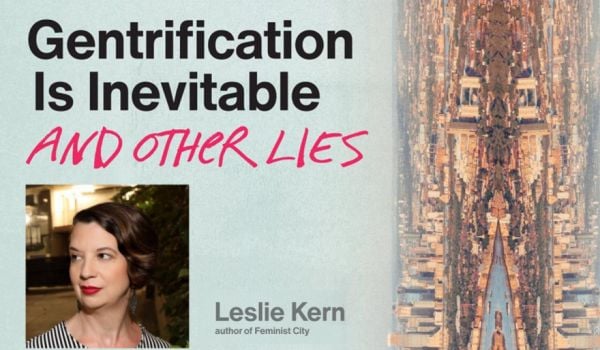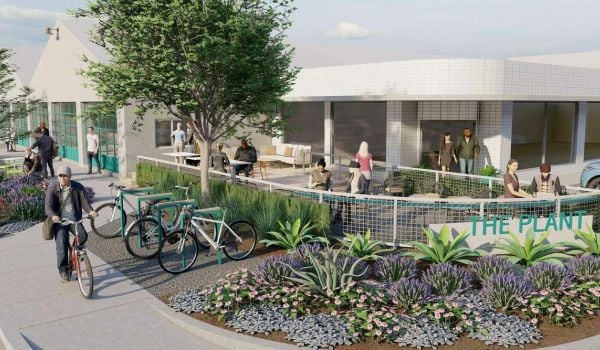After looking at data in over 15,000 neighborhoods, researchers from University of Colorado at Boulder, Duke University and University of Pittsburgh say gentrification is not as devastating to lower-income minority communities as commonly thought. In fact, some demographic groups, like high school educated African-Americans, have a tendency to remain in gentrifying areas much more frequently than in other areas. Furthermore, it isn’t just college educated whites under 40 without children who are the agents of gentrification—it turns out college educated African-Americans and Hispanics are more likely to move into gentrifying areas than other stagnant neighborhoods.
Gentrification is a barrier for conscientious planners who want to revitalize distressed areas. Is it possible to give small businesses and lower-income residents the tools to build a stronger presence in the city’s economy, and at the same time block certain sources that may contribute to that improvement? In essence, the process of shepherding economic revitalization to closed outcomes takes the form of the mythical Ouroboros, the snake that eats its own tail. This is not to say that the unregulated free market can be counted on to produce shared beneficial results either. Some residents are undoubtedly left behind as new, more affluent neighbors begin affecting area rents and property taxes. It is in the public interest to mitigate those negative effects by creating Community Land Trusts and working with the local tax assessor to promote neighborhood diversity as part of the cultural and economic health of the city. But to suggest that lower-income areas of a city would be better served by allowing them to languish sounds criminal. And to restrict certain classes and races from mixing smacks of apartheid.
So, if gentrification and economic revitalization are shown as more closely one in the same and displacement is not a widespread effect, is it merely a matter of misinformation that makes gentrification the bogeyman, or is the real problem the manner in which neighborhoods revitalize? Is the debate really a form of social NIMBYism directed at young urban professionals—the accused agents of gentrification?
Using gentrification to bemoan yet another homogeneous Starbucks is a shallow assessment that completely manipulates unrelated concerns. Instead of permitting one group to speak for another on the issue of displacement, an honest conversation should be had about setting a responsible path for economic revitalization. Neighborhoods may soon welcome gentrification as long as it brings a sustainable mixture of retail choices that serve a racially and economically diverse clientele—the mark of a healthy neighborhood.
















